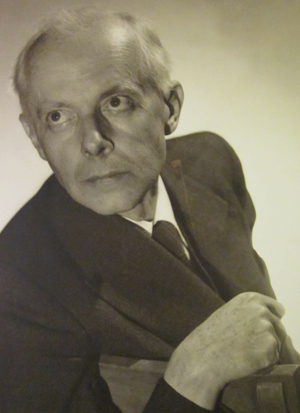by Daniel Hathaway
Tonight at 7:30, violinist Amos Fayette and pianist Halida Dinova will play music by Antonín Dvořák, Camille Saint-Saëns, Pyotr Tchaikovsky, Maurice Ravel, Frédéric Chopin, and César Franck in a free recital in Drinko Hall at Cleveland State University.
ANNOUNCEMENTS:
Tuesday Musical has announced the 26 Ohio music majors who have won a total of $41,050 in the Akron organization’s 69th Scholarship Competition. “Nearly 130 applicants from 12 schools applied to compete this year for 29 scholarships ranging from $750 to $2,000 each.” See the list of winners here.
The First- and Second-place winners in the performance categories will be invited to compete again in the Final Round and Winners Concert on Sunday, May 4, at 2:30 in The University of Akron’s Guzzetta Recital Hall.
The Violin Channel reports that “the Norwegian pianist Leif Ove Andsnes has issued a statement discussing his mixed feelings about performing in the United States in the current political climate. Andsnes has just embarked on an American tour that includes concert appearances in Philadelphia, Baltimore, New York, and Cleveland, among other stops.
“Music cannot solve global problems, but I hope my program can at least inspire some of the emotions we so badly need right now: compassion, empathy, generosity, understanding, and an appreciation of diversity.”
Andsnes will play his Cleveland recital on Thursday, March 27 at 7:30 in Mandel Concert Hall at Severance Music Center. Tickets are available online.
TODAY’S ALMANAC:
by Mike Telin
We begin by paying respects to composer (Achille) Claude Debussy who died of cancer at 55 on March 25, 1918 at his home in Paris. Influenced by the Symbolist poets of the late 19th century, Debussy was a leader in the impressionist movement, although he rejected the notion of being called an impressionist composer.
Click here to listen to Debussy play “Clair de Lune” from Suite bergamasque.
Click here to listen to Pierre Boulez lead the Philharmonia Orchestra in a performance of Prélude à l’après-midi d’un faune.
Debussy’s music influenced many composers, including Olivier Messiaen, Bill Evans, and Béla Bartók — which brings us to our birthday celebration.
On March 25, 1881 composer, pianist, ethnomusicologist, and teacher Béla Viktor János Bartók (pictured above) was born in Nagyszentmiklós, Hungary, now Sânnicolau Mare, Romania.
Bartók began studying piano with his mother, and at age nine started composing dance pieces. From 1899 to 1903, he studied piano and composition at the Royal Academy of Music in Budapest. It was there that he met Zoltán Kodály and the two became lifelong friends and colleagues — they both shared an interest in folk music.
In 1908 Bartók and Kodály traveled into the farthest regions of the country to collect folk tunes, but what they discovered was that the Maygar folk melodies popularized by Franz Liszt they had previously thought of as Gypsy music were based on a pentatonic scale similar to that found in Asian folk melodies.
Although one doesn’t need to be an expert on all of this to enjoy Bartók’s music, here are a couple important things to remember:
- Bartók catalogued more than 9,600 melodies of Hungarian, Romanian, and Slovakian origin.
- Bartók incorporated these melodies into his compositions, often quoting them note for note.
- Bartók’s musical style is a mixture of folk music, classicism, and modernism.
If you’re so inclined, click here to listen to Thomas Little (AKA The Classical Nerd) explain all you need to know about the composer in seven and a half minutes.
If you’re looking for something a little more in-depth, click here to watch A&E’s Breakfast with the Arts’ beautiful documentary about the composer.
If you want to know more about the theory behind Bartók’s musical practices, click here to watch Axis Theory make the complicated simple — it really is quite fun.
On a personal note, my introduction to Bartók’s music came early in my teens when my junior high school band director gifted me an LP of George Szell conducting The Cleveland Orchestra in a performance of the Concerto for Orchestra. From then on I was seriously hooked.
Click here to listen to the Boston Symphony Orchestra conducted by Serge Koussevitzky give the Broadcast premiere of the piece (with its original ending) on December 30, 1944.
If you’re looking for something special to view online, click here to enjoy Bluebeard’s Castle (you’ll need to scroll down a bit).
Click here to listen to Pierre Boulez and the Philharmonia Orchestra play The Miraculous Mandarin (you can follow along with the score).
Click here to get a bird’s-eye view of the Sonata for Two Pianos and Percussion.
And finally, click here for a performance of the Sixth Quartet played by the Takács Quartet (again, you can follow along with the score). This is an opportunity to mourn the recent death of Roger Tapping, who was the violist of the Takács Quartet between 1995 and 2005, and played in this recording. The piece starts with a melancholic melody for the viola marked “Mesto“ (mournful).



